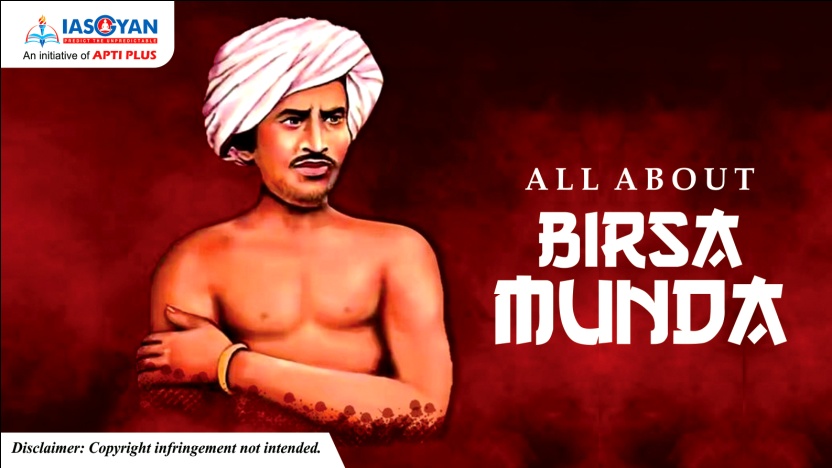Free Courses Sale ends Soon, Get It Now


Free Courses Sale ends Soon, Get It Now



Copyright infringement is not intended
Context: The Ministry of Tribal Affairs (MoTA), Government of India, in joint collaboration with United Nations Educational, Scientific and Cultural Organization (UNESCO) organised 2-day workshop on the ‘Principles and Recommendations to create Tribal Freedom Fighters’ Museums’ at the UNESCO House in New Delhi.
Tribal freedom fighters:
Tribals in India:
Initiatives for Tribals:
Challenges in tribal governance:
Way Forward:
https://pib.gov.in/PressReleaseIframePage.aspx?PRID=1816060
© 2024 iasgyan. All right reserved